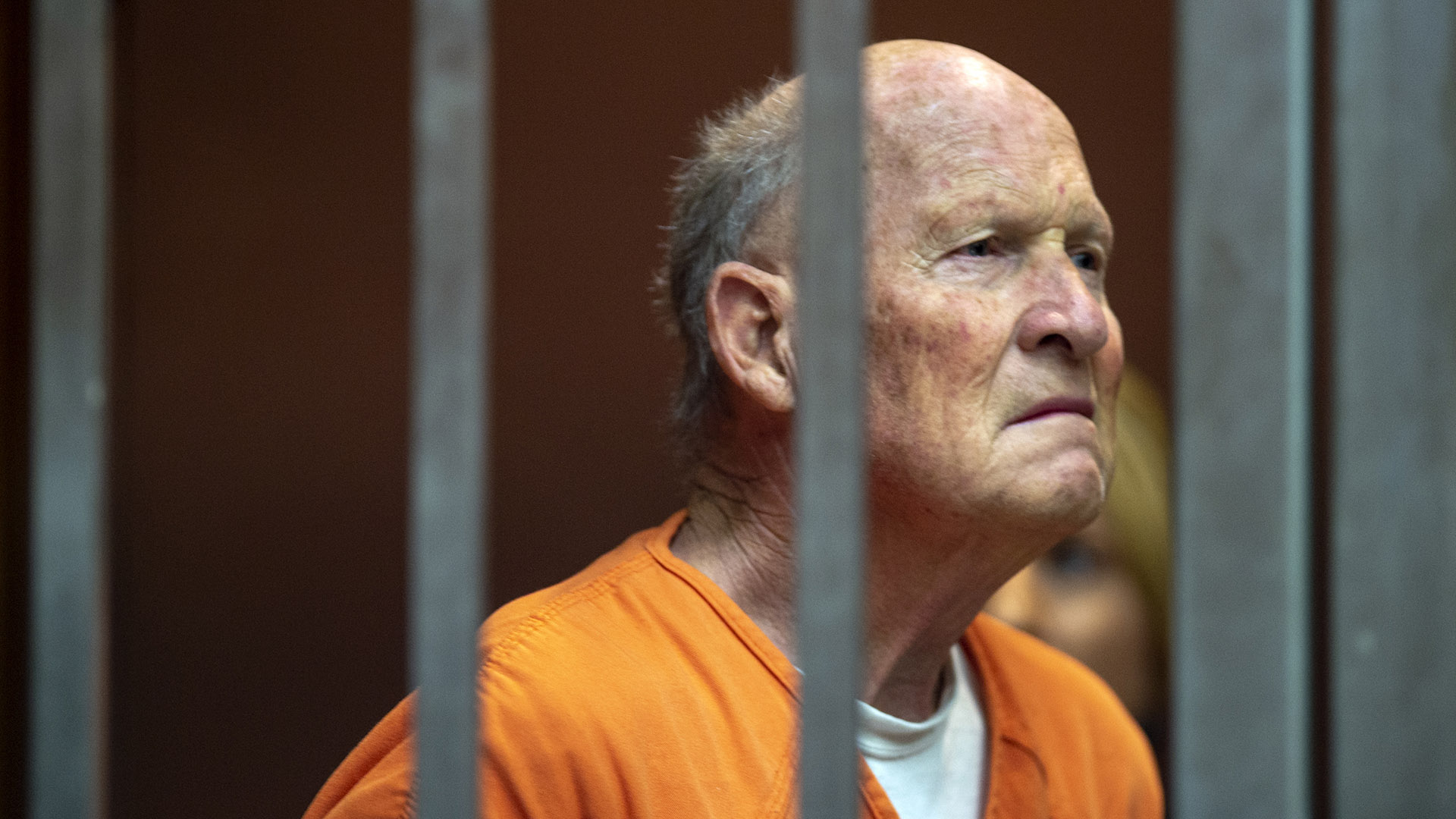
(The answer is probably manpower and funding.) The biggest obstacle facing the working group was how to get more law enforcement agencies to take on the task of creating a cold case unit, knowing the outcome would most likely be a successful endeavor. Many believed that, by having a sustainable cold case unit working simultaneously with the homicide unit, clearances would increase and many cold cases would be solved.

In other words, stop the bleeding at the source!īut the mandate then was to develop a best practices guide for cold cases. the question that first came to my mind was: why aren’t we trying to fix the problem by identifying the reasons these cases become cold in the first place, then move on to the cold cases? The most notable effort was the National Institute of Justice (NIJ) Cold Case Working Group, which formulated National Best Practices for implementing and sustaining a cold case investigation unit.īut the crisis continues to outpace our efforts to solve it.Īs member of the NIJ working group. Over the past few years there have been multiple efforts directed at addressing this cold case crisis, by improving the investigation process. At the end of 2019, the number of unsolved homicides in the U.S.


 0 kommentar(er)
0 kommentar(er)
